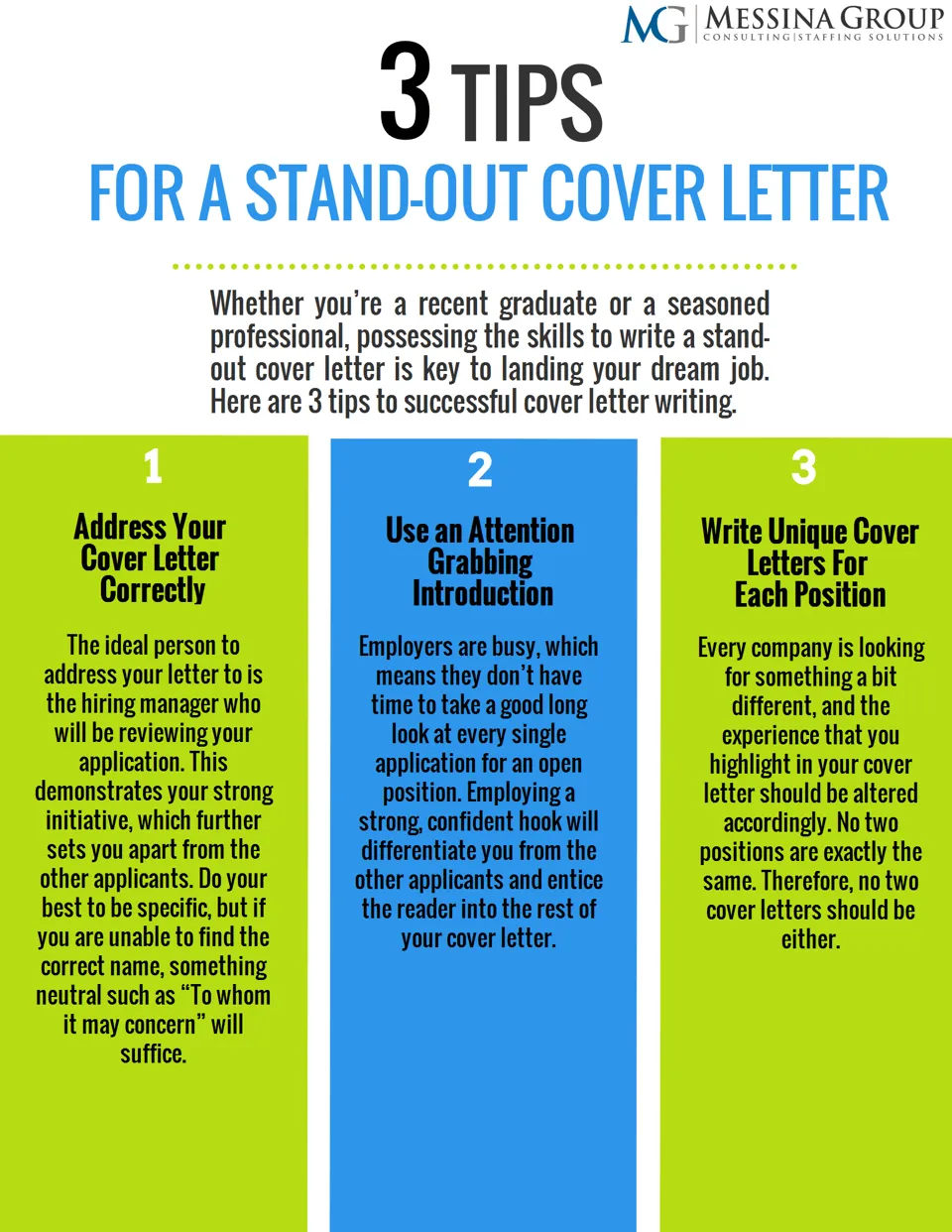What is a Cover Letter
A cover letter is a crucial document that accompanies your resume when applying for a job. It serves as an introduction, allowing you to highlight your relevant skills, experience, and accomplishments. Unlike a resume, which provides a factual overview of your background, a cover letter provides a space to articulate your enthusiasm for the role and the company. It is your chance to make a strong first impression and persuade the hiring manager that you are the ideal candidate. A well-crafted cover letter can significantly increase your chances of getting an interview, making it an indispensable part of your job application.
Why Cover Letters Matter
In today’s competitive job market, cover letters offer a unique opportunity to differentiate yourself from other applicants. They allow you to provide context to your resume, explaining how your skills and experiences align with the specific requirements of the job. A strong cover letter can showcase your personality, writing skills, and genuine interest in the position. It allows you to demonstrate your understanding of the company’s needs and how you can contribute to their success. Many hiring managers use cover letters as a screening tool, and a well-written one can significantly increase your chances of getting noticed and advancing to the next stage of the hiring process.
Highlighting Your Skills
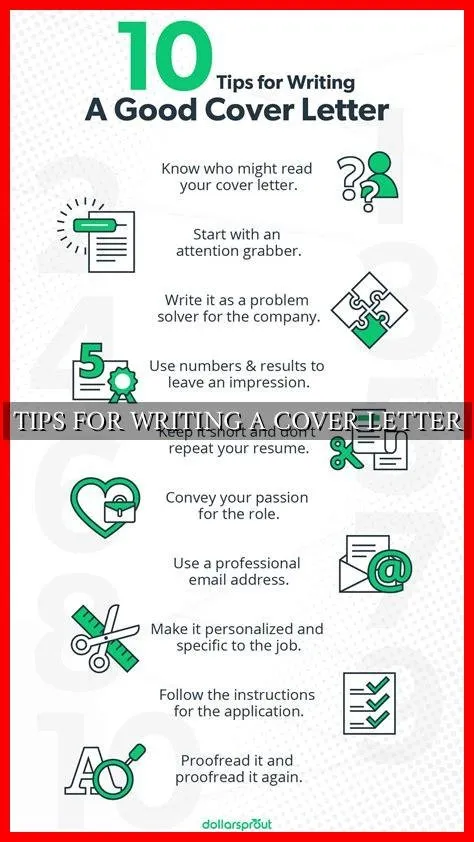
When highlighting your skills, focus on the abilities that are most relevant to the job description. Instead of simply listing skills, provide concrete examples of how you have utilized those skills in previous roles. This could include showcasing your communication, problem-solving, or technical skills. Quantify your achievements whenever possible to demonstrate the impact of your skills. For example, if you improved sales, mention the percentage increase or the dollar amount gained. By connecting your skills to specific accomplishments, you make a compelling case for why you are a valuable candidate.
Showcasing Your Achievements
Your cover letter is a great place to showcase your achievements. Use the STAR method (Situation, Task, Action, Result) to illustrate your accomplishments. First, describe the situation, then the task you were assigned, the actions you took, and the positive results you achieved. For instance, describe how you increased customer satisfaction scores or successfully launched a new project. By quantifying your achievements and providing context, you demonstrate your ability to make a significant contribution to the company. This also shows the hiring manager that you are results-oriented and have a history of success.
Researching the Company
Before you start writing your cover letter, it is important to research the company. Visit their website, read news articles, and check their social media profiles to understand their mission, values, and recent projects. This research will help you tailor your cover letter to the specific needs of the company and demonstrate your genuine interest. Identify the company’s key priorities and explain how your skills and experiences align with those goals. Mentioning specific projects or initiatives the company is involved in demonstrates your initiative and helps your cover letter stand out from generic applications.
Cover Letter Structure

A well-structured cover letter is essential for making a positive impression. It should be concise, easy to read, and well-organized. The standard format includes a header with your contact information, an opening paragraph, body paragraphs that highlight your skills and experiences, and a closing paragraph. By following this structure, you provide a clear and logical flow of information, making it easier for the hiring manager to quickly understand your qualifications and assess your suitability for the role. A well-organized cover letter is a sign of professionalism and attention to detail.
Header and Contact Information
Your header should include your name, phone number, email address, and LinkedIn profile URL (if you have one). Ensure that your contact information is current and professional. It is also important to include the date and the recipient’s name, title, and company address. Addressing the cover letter to a specific person, if possible, shows that you have taken the time to research the company and personalize your application. This helps you make a more personal connection with the hiring manager and demonstrate your attention to detail.
Opening Paragraph
Your opening paragraph should immediately capture the reader’s attention and state the purpose of your letter. Mention the specific position you are applying for and where you found the job posting. Briefly highlight your most relevant skills and experiences, and express your enthusiasm for the opportunity. Avoid generic openings and instead aim for a concise and compelling introduction that quickly establishes your value. Consider mentioning a shared connection or something specific that drew you to the company.
Body Paragraphs
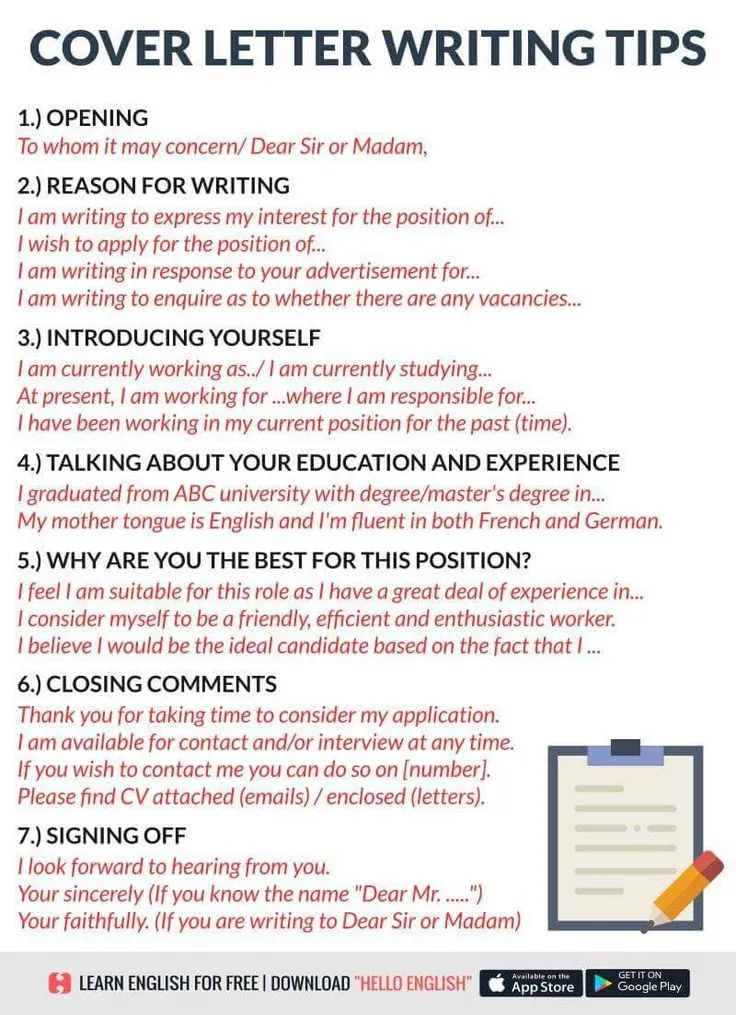
The body paragraphs are the core of your cover letter, where you elaborate on your skills, experiences, and achievements. Use these paragraphs to highlight the specific qualifications that align with the job description. Provide examples of how you have demonstrated these skills in the past and the positive outcomes you achieved. Tailor each paragraph to the requirements of the job and the needs of the company. Explain how your skills can translate to the role and contribute to the company’s success. This section is where you demonstrate your value and make a strong case for why you should be considered for an interview.
Closing Paragraph
Your closing paragraph should reiterate your interest in the position and thank the hiring manager for their time and consideration. Express your eagerness to discuss your qualifications further and indicate your availability for an interview. End with a professional closing, such as “Sincerely” or “Best regards,” followed by your typed name. Proofread your entire cover letter before submitting it to ensure a polished and professional appearance. Your closing paragraph offers an opportunity to leave a lasting positive impression.
Tailoring Your Cover Letter
Avoid using a generic cover letter. Tailor each cover letter to the specific job you are applying for. Research the company and the role to understand the required skills and experiences. Highlight the qualifications that align with the job description and explain how your skills can benefit the company. Customize your letter to the company’s tone, style, and culture. Demonstrate your understanding of the company’s mission, values, and goals. Tailoring your cover letter shows that you care about the opportunity and have taken the time to understand the role and the company.
Adapting to the Job Description
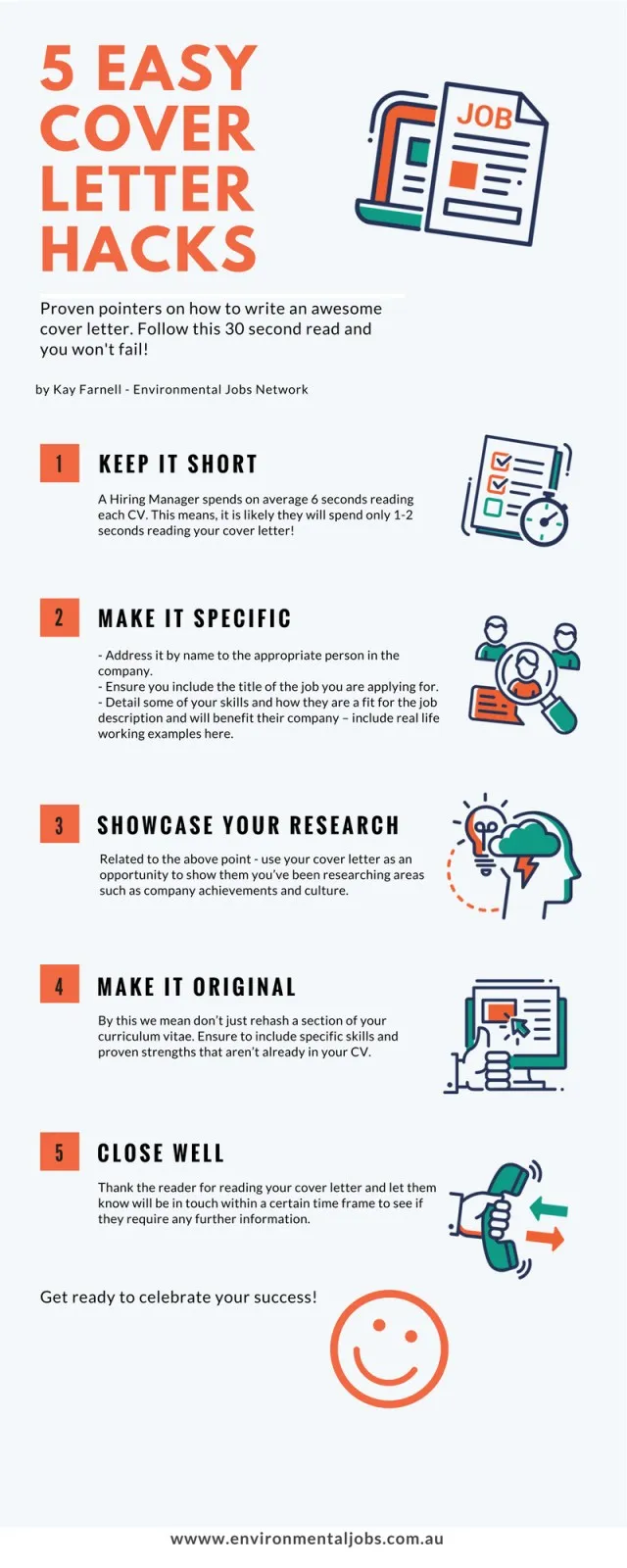
Carefully review the job description and identify the key requirements and qualifications. Use these keywords and phrases throughout your cover letter to demonstrate that you have the necessary skills and experience. Provide specific examples of how you have met these requirements in previous roles. Show how your experiences align with the job description. Explain your understanding of the role and your ability to excel in it. By aligning your cover letter with the job description, you make a strong case for why you are the ideal candidate.
Using Keywords Effectively
Integrate relevant keywords from the job description throughout your cover letter. This helps applicant tracking systems (ATS) identify your application. Make sure that your keyword usage feels natural and avoids keyword stuffing. Use keywords in the context of your accomplishments and skills. Referencing keywords will help hiring managers to easily find what they are looking for. Incorporate keywords into headings and bullet points when appropriate. It is a strategic way to increase your chances of your cover letter being noticed.
Formatting and Design
The formatting and design of your cover letter can significantly impact its readability and professionalism. Choose a clean and simple font, such as Arial or Times New Roman, and use a font size between 10 and 12 points. Use clear headings and subheadings to break up the text and make it easier to scan. Leave ample white space around the text and use bullet points to highlight key accomplishments. Ensure that your cover letter is well-organized and easy to read to maintain the hiring manager’s interest. Formatting makes your cover letter visually appealing and reader-friendly.
Font and Readability
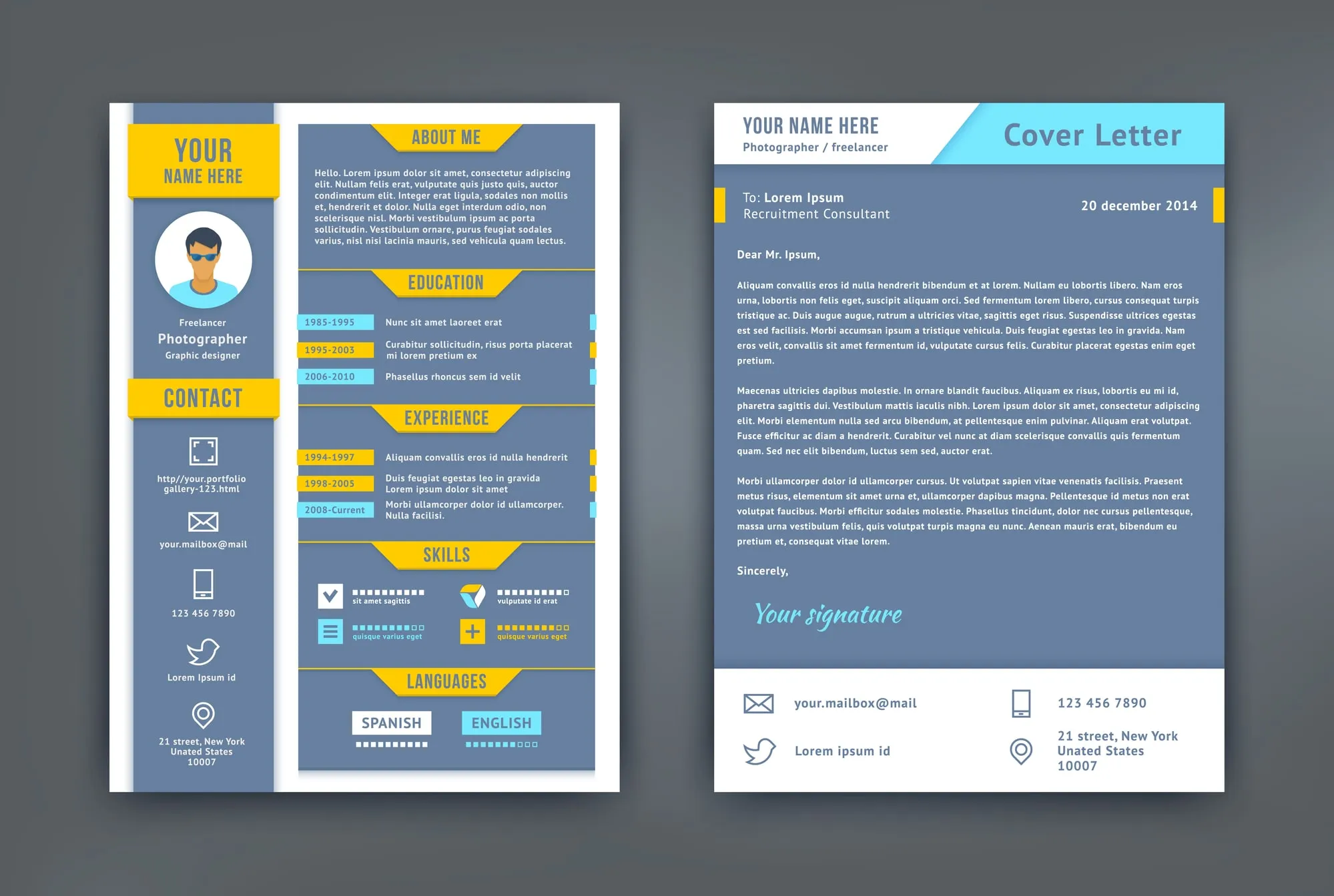
Select a professional and easy-to-read font for your cover letter. Avoid using overly decorative or unconventional fonts that may distract the reader. A standard font like Arial, Calibri, or Times New Roman works well. Use a font size between 10 and 12 points for the body of your letter. Use bolding and italics sparingly. Ensure the text is well-spaced and easy on the eyes. Prioritize readability to make your cover letter accessible to the reader.
Proofreading and Editing
Proofread your cover letter carefully for any errors in grammar, spelling, and punctuation. Misspellings and typos can undermine your credibility and professionalism. Read your cover letter aloud to catch any awkward phrasing or sentences. Have someone else review your cover letter for a fresh perspective. Review all the details before you submit your application. Thorough proofreading and editing are essential to create a polished and professional cover letter.
Common Cover Letter Mistakes
Avoid common cover letter mistakes that can damage your chances of getting an interview. Generic cover letters, typos, and grammatical errors, and failing to follow instructions can all have a negative impact on your application. By avoiding these pitfalls, you can increase the likelihood that your cover letter will make a positive impression. Ensure your cover letter is well-crafted and shows your attention to detail.
Generic Letters

Avoid using a generic cover letter that is not tailored to the specific job or company. Generic letters lack personality and fail to demonstrate your genuine interest in the opportunity. They can be quickly dismissed by hiring managers. Always customize your cover letter to the specific role and the company’s needs. Research the company and the job to provide details that show your effort and interest. Create a cover letter that is unique and demonstrates your genuine enthusiasm.
Typos and Grammatical Errors
Proofread your cover letter multiple times for any typos and grammatical errors. These mistakes can make you appear unprofessional and careless. Typos and grammatical errors can damage your credibility. Read your cover letter aloud and have someone else review it for a fresh perspective. Use a spell checker and grammar checker to catch any errors that you might have missed. Proofreading is essential to create a professional impression.
Ignoring Instructions
Carefully read and follow all instructions provided in the job posting. Some employers may specify how they want you to submit your cover letter or what information they want included. Failing to follow instructions can demonstrate a lack of attention to detail and can result in your application being rejected. Always adhere to the instructions to avoid any issues. Pay attention to the details and show your ability to follow directions.
